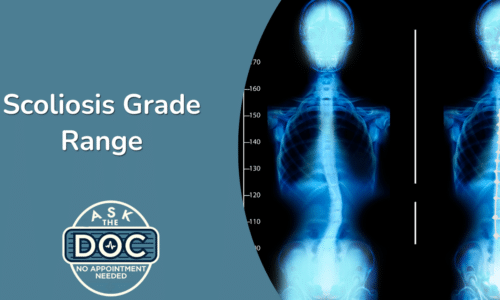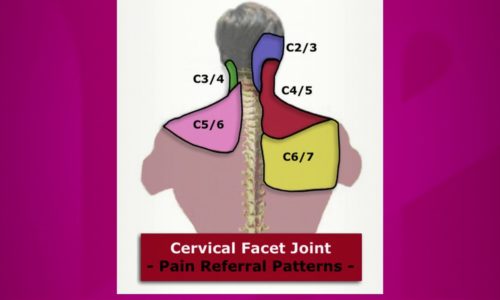Imaging Tests for Back Pain |
Besides M.R.I there are other imaging tests that physician might need such as x-Ray, CT scan and electromyography. Dr. Jose Mena, Interventional Spine Specialist with Miami Orthopedics & Sports Medicine Institute, explains each one of them.
Claudia Hogdson, Advanced Registered Nurse Practitioner with Miami Orthopedics & Sports Medicine, affirms in her office she tries to do a good history of the patient. She also says when patients have an acute pain and treatment does not improve it, they address for advance imaging. With those results, physicians consider what the best treatment is.
Transcript
Besides an MRI let’s go over other imaging tests a patient might need so we start with an x-ray which is gonna show us vexy the x-ray will show us will be the anatomy how then the anatomy looks like on the spine some things we can catch if there’s a let’s say someone comes into the clinic and they had a trauma we can see you where there’s not a fracture or not or we can see that there’s a slippage of one bone or the other one but for the most part x-rays will be basically Anatomy and alignment of the spine so essentially it doesn’t give us too much information MRI basically that would be the gold standard for most of the diagnosis is basically the MRI is not gonna diagnose the condition basically the MRI will serve us to see as a roadmap while your clinic your symptoms clinically are match which which our physical examination the history and that will help us to guide an interventional spine procedure or surgical route CT scan kind of equivalent to an MRI however the definition for the difference between an MRI and a CT scan the MRI it gave us mainly the soft tissues the discs we can see better than this the nerves themselves the CT scan will be mainly the bony Anatomy the bones themselves they joints we can see them better on a CT scan tell me just with the with the two of you how does it work in your office just so if someone’s thinking people are nervous to go try new things they don’t know what in your office how does it work basically one good thing that we always try to do is get a good history see if there was any trauma the next thing is is there any weakness is there any recent history of infection which normally there isn’t once we ascertain is it something acute is it something chronic that they’ve been dealing with if it’s something cute like they’ve gone to the emergency room haven’t had any relief in pain have had multiple treatments then that’s where we’ll go ahead and we’ll say okay this is a point where we need to have advanced imaging dr. Meno will review the images just to make sure that you know we’re on the right treatment plan and I will follow up and I will tell the patient what the next step is you know how we’re gonna treat them if we’re going to incorporate in that patient the time conservative treatment like physical therapy medication and other things that we can do including referral you








